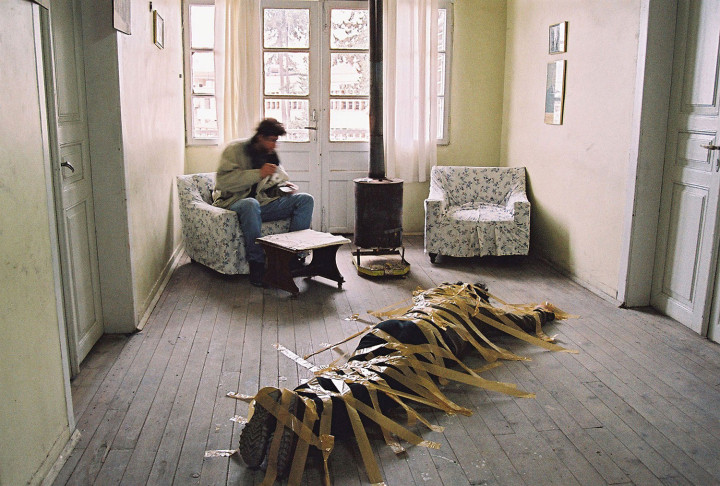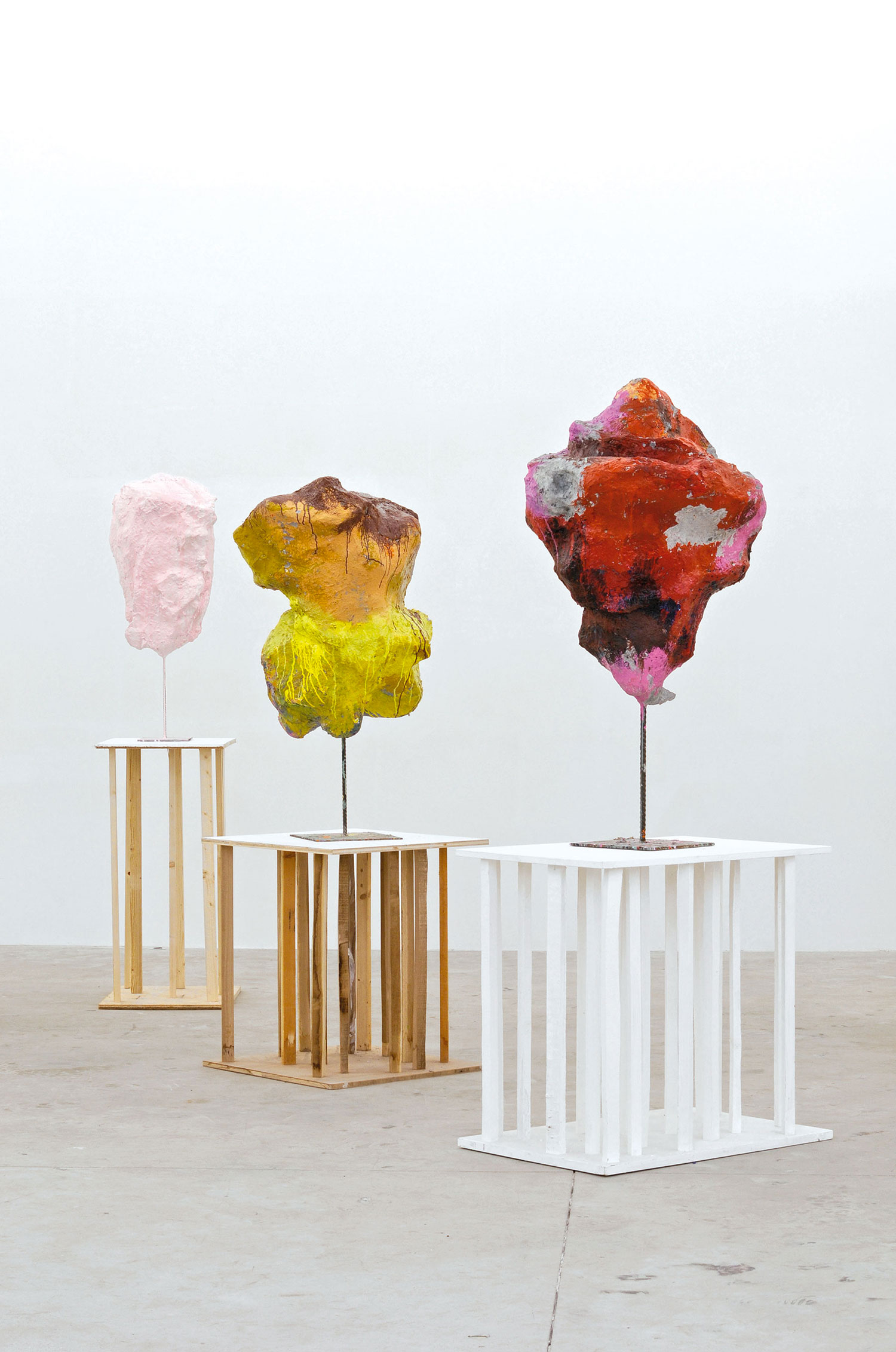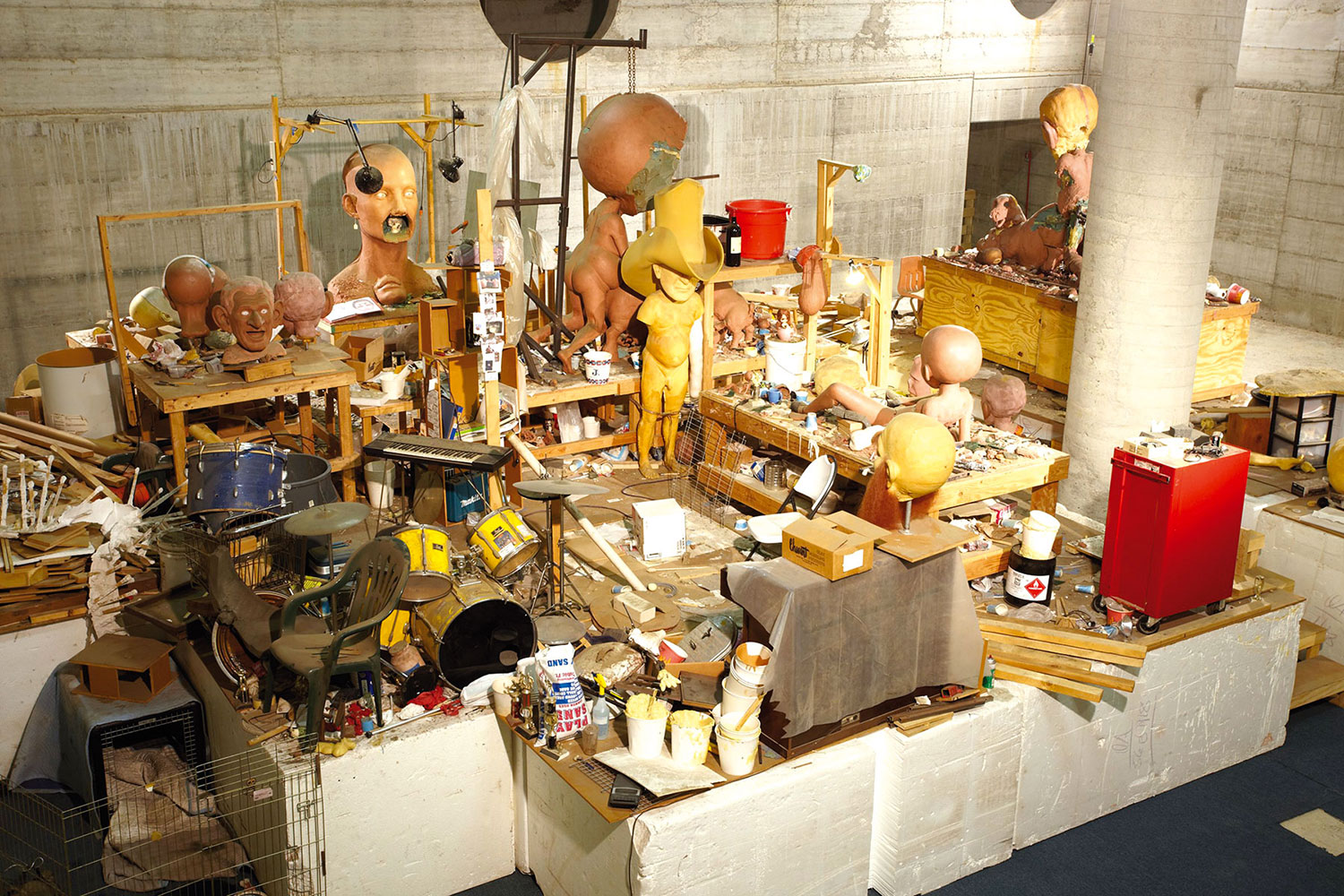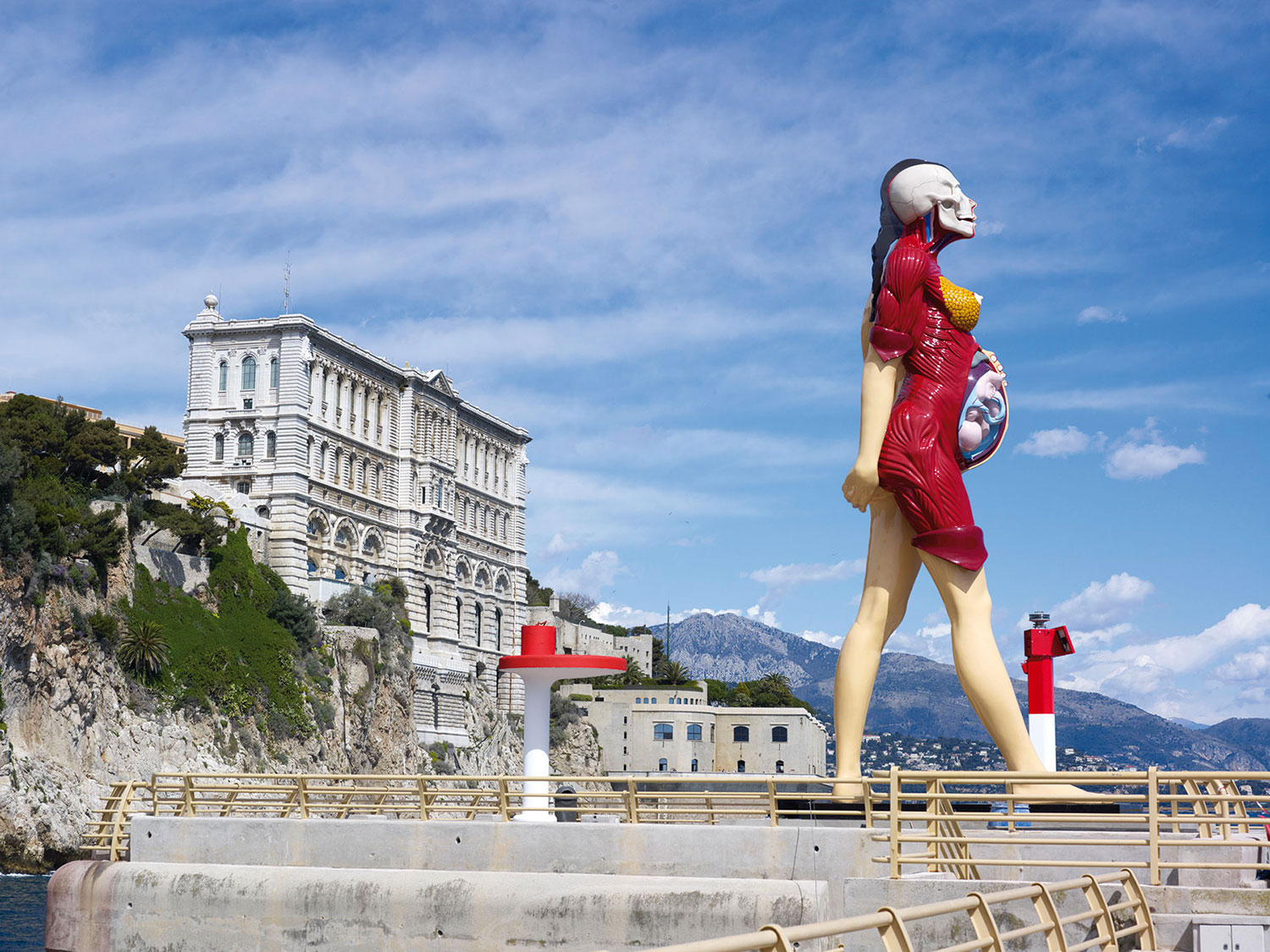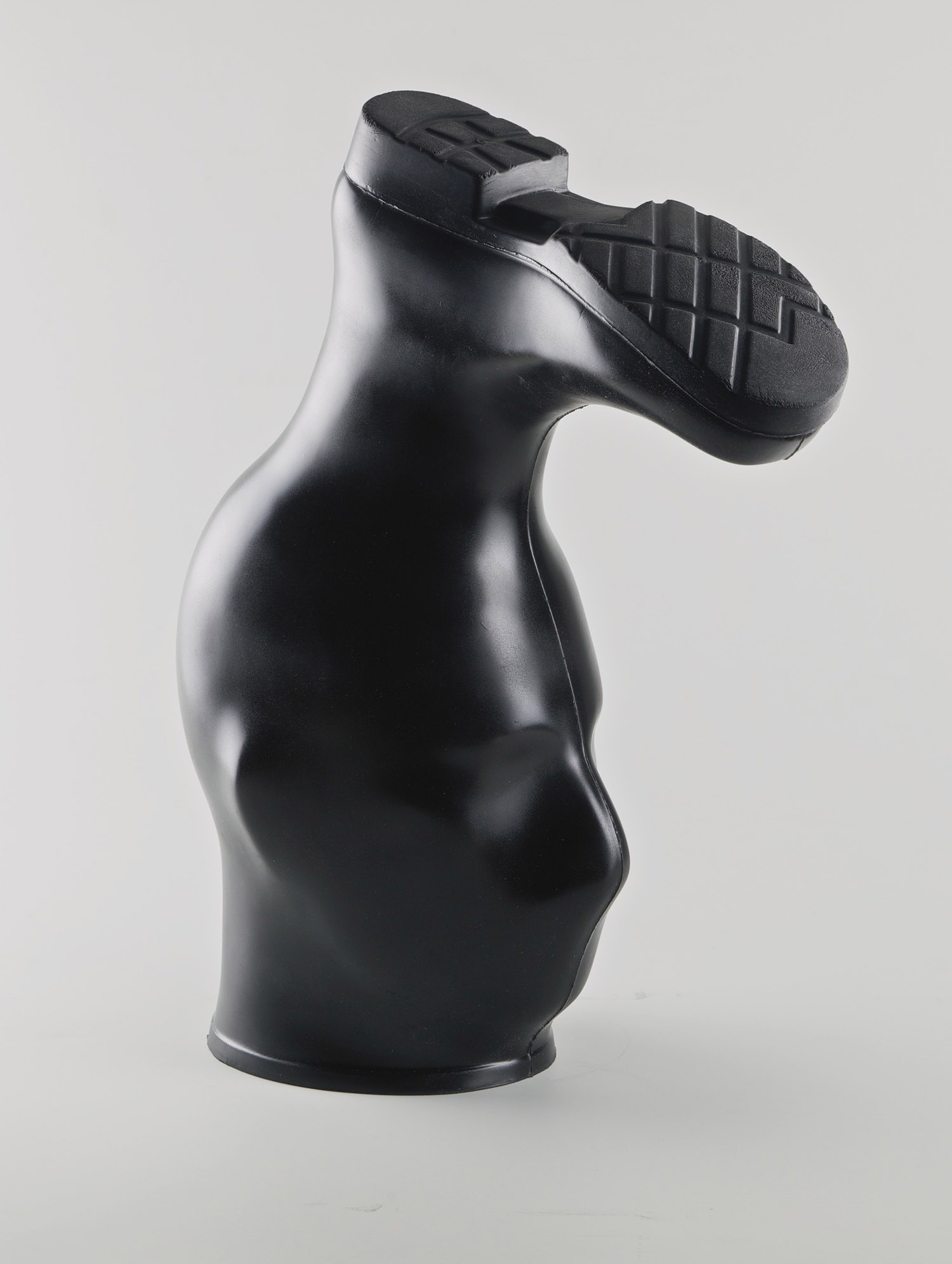
Nancy Atakan: Much of your work seems to be a type of narrative. How would you describe your art practice?
Volkan Aslan: I always begin with a problem and I always use irony. While I may appear to be dealing with a sociological situation, I am always telling something about myself. We are continually faced with tragedy and drama. To soften and make problems more acceptable, I use irony.
NA: What types of art-related problems do you deal with in your work?
VA: It bothers me that everything in the art context tends to be classified. In one exhibition, I labeled objects throughout the exhibition building such as a fire hydrant, the elevator, toilets and the reception desk. As an ironic comment on artist’s names becoming brands or trademarks, when I moved to Istanbul in 2006, I made a large advertisement, “Volkan Aslan in Istanbul,” and hung it on the outside of the Contemporary Art Fair exhibition space. In an ironic and critical manner, I wanted to make it obvious that I now belonged to the art scene in Istanbul.
NA: In 2004 you made a digital print series showing yourself taped to the floor with layers of masking tape. At that time you were living in southeastern Turkey in the city of Mersin; now you live and work in Istanbul. Do places and geography play an important role in your work?
VA: Actually, I am not specifically interested in place or geography. When I was younger I wanted to belong to a place because I continually had to move. Since I desired to have stable relationships and long-term friendships, as an artwork I decided to metaphorically tape myself to the floor.
NA: Much of your work deals with the relationship between reality and fiction. Do you see yourself as a visual storyteller?
VA: I combine personal possessions and experiences with found objects and imaginary stories to make them appear not to be about me — as in Concern (2007). Everything becomes fiction, but the spectator can never be completely certain. Sometimes I just want to play with objects, to design, to create stories. By turning everything into an artwork, childlike activities become legitimate.

NA: Last February you did a solo show for Pi Artworks called “Those who wear the same T-shirts.” For the video installation, you asked pedestrians in three different cities what they felt when they wore a T-shirt with the Turkish flag. It is illegal to reproduce the Turkish flag on a T-shirt; does this work contain a political agenda?
VA: In this work, the problem I was addressing revolved around similarity. On an ordinary day on the street in Istanbul, I encountered a stranger wearing a T-shirt identical to mine. I started to wonder if our motivation for wearing it were the same. This video piece resulted from a type of unscientific research project. Since spectators cannot be sure whether this is documentation or fiction and whether the people interviewed were randomly selected, there is a strong element of ambiguity. Perhaps it is staged. Perhaps they are my friends. From this experiment, I learned that even though people may wear the T-shirt because they feel proud of the flag, their pride stems from different reasons.

